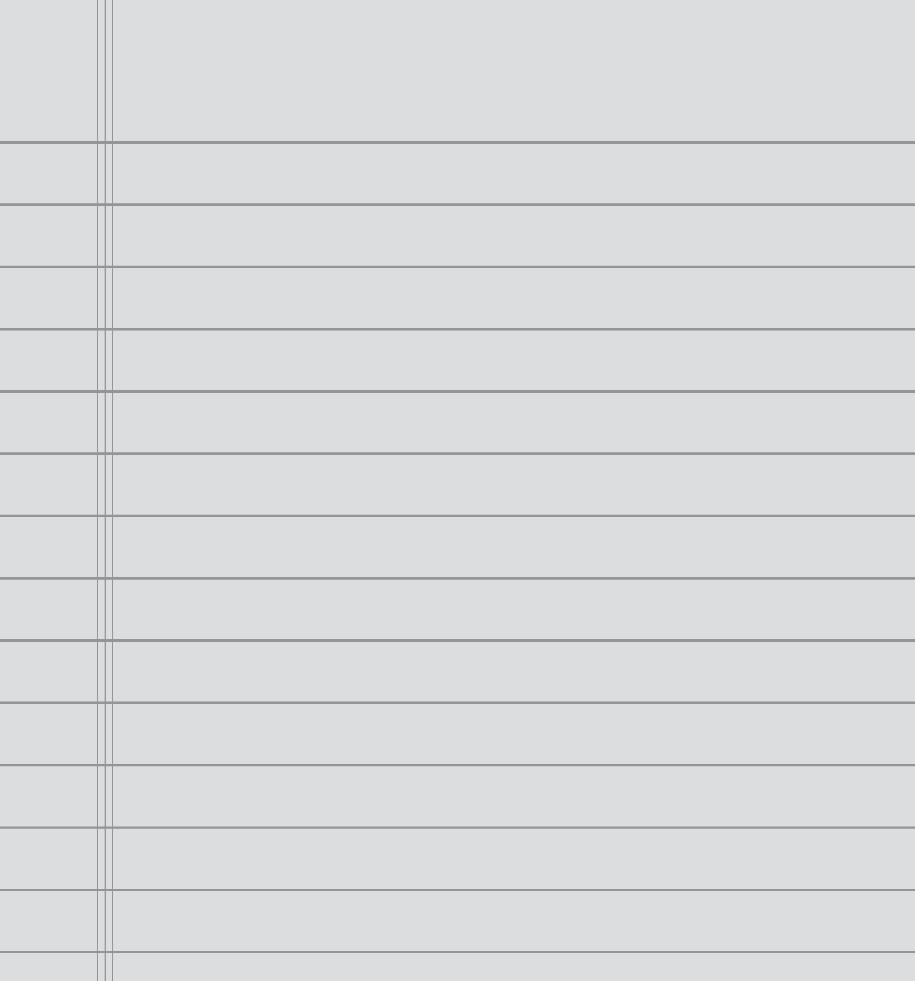
2 minute read
Who made fathers to be special in their families?
5
Steps to a Successful Sunday School Class
Start with Curriculum
You’ve made the right choice in choosing your curriculum. This material provides biblical teaching that your students will enjoy and understand. Lessons are designed for easy preparation, and the activities will keep your students interested as the lesson is reinforced. As you begin lesson preparation, list all the curriculum pieces you will be using.
Kindergarten Teacher Guide— 13 easy-to-use lessons, plus helpful hints and tips Kindergarten Resource Packet—lesson helps for your classroom, including a CD Kindergarten Bible Visuals—fun-to-use Bible characters bring the story to life Kindergarten Lesson Pages—lesson-reinforcing activities Kindergarten Handwork Packet—crafts that are tied into the lesson for hands-on learners Kidz Adventures—take-home paper to connect to the lesson through the week
Now, consider what you already know about your class. Time —How much class time do you have? Consider total time (after greeting, transitions, etc.) as well as actual teaching time. Estimating the time it will take for each activity will help you decide which ones to use. Setting—What is your classroom setting? Do you have a table and chairs, or is your room arranged in centers? Is there a kitchen nearby? Are the bathrooms close? If you have to trek down the hall for a drink or bathroom break, include this in your estimated time. Teachers—How many teachers and helpers do you have? Choose or modify activities based on the amount of supervision required. Students—Who are your regular attendees? How do they learn best? Do you frequently have visitors? It’s a good idea to plan your lesson for the regular attendees, but be prepared in case of visitors. Think about Your Class Nate—boy, 5 years old Learns by hearing. He gets in trouble for talking, is always the first to answer a question, and loves to listen to and tell stories, etc. Michaela—girl, 6 years old Learns by seeing & touching. She loves pretty things, getting dressed up, colors and writes neatly, and can’t wait to help with the Bible Visuals. Austin—boy, 6 years old Learns by moving. He’s athletic, enjoys energetic—even rough—play, rarely sits down, etc.



Next, consider what you know about your regular students. You may want to keep notes (see sample) on each student describing how he or she learns best.
If your regular students cover all the learning styles (like the sample note), you won’t have to plan other activities for less frequent attendees. If your class has primarily one or two learning styles*, you will want to have variations or additional activities ready for visitors. If you do not have consistent, regular attendees, plan a variety of activities to cover all learning styles.






